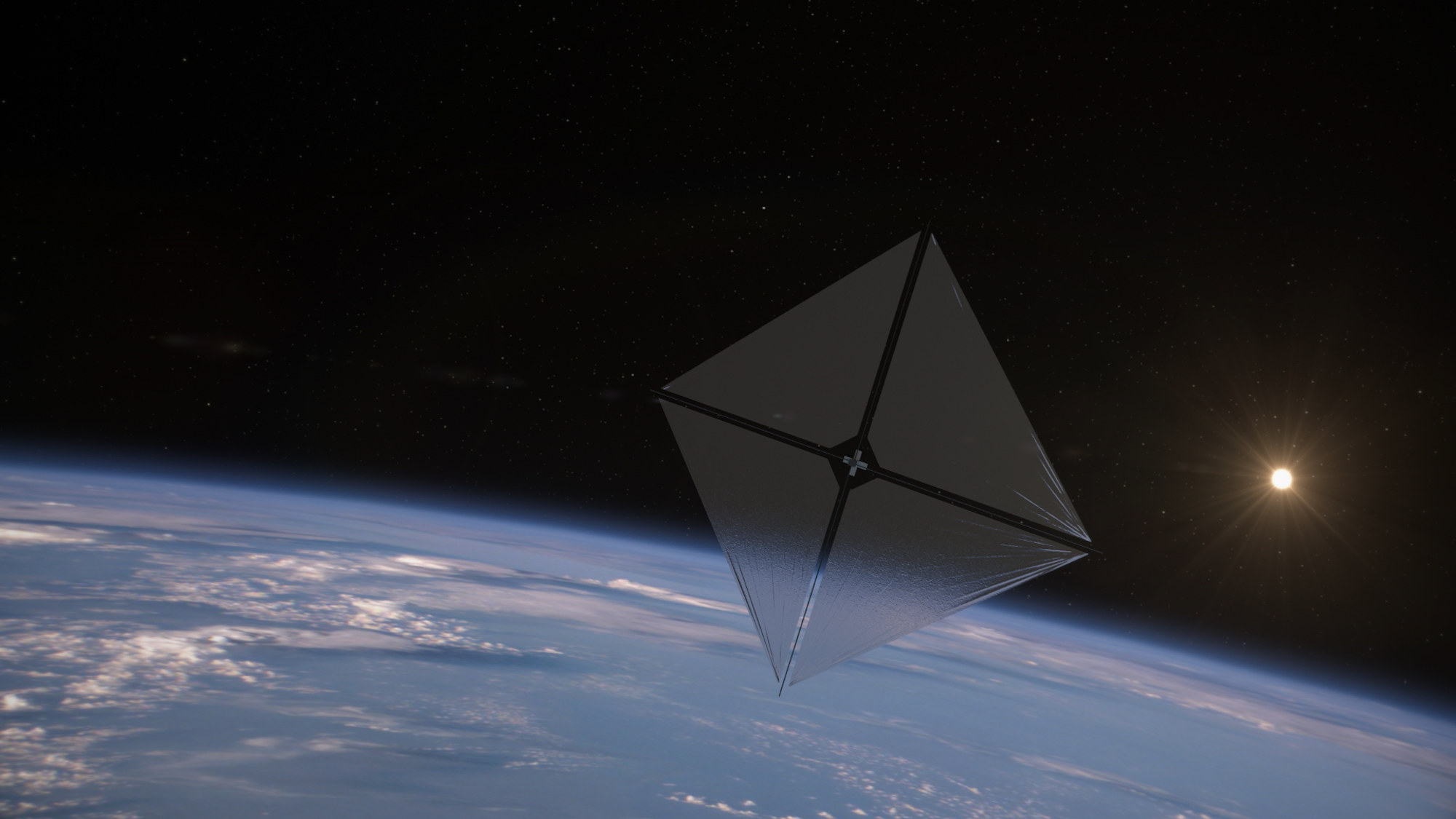NASA will unfurl a 860-square-foot solar sail from within a microwave-sized cube
The highly advanced solar sail boom could one day allow spacecraft to travel without bulky rocket fuel.

NASA hitched a ride aboard Rocket Lab’s Electron Launcher in New Zealand yesterday evening, and is preparing to test a new, highly advanced solar sail design. Now in a sun-synchronous orbit roughly 600-miles above Earth, the agency’s Advanced Composite Solar Sail System (ACS3) will in the coming weeks deploy and showcase technology that could one day power deep-space missions without the need for any actual rocket fuel, after launch.
The fundamentals behind solar sails aren’t in question. By capturing the pressure emitted by solar energy, thin sheets can propel a spacecraft at immense speeds, similar to a sailboat. Engineers have already demonstrated the principles before, but NASA’s new project will specifically showcase a promising boom design constructed of flexible composite polymer materials reinforced with carbon fiber.

Although delivered in a toaster-sized package, ACS3 will take less than 30 minutes to unfurl into an 860-square-foot sheet of ultrathin plastic anchored by its four accompanying 23-foot-long booms. These poles, once deployed, function as sailboat booms, and will keep the sheet taut enough to capture solar energy.
[Related: How tiny spacecraft could ‘sail’ to Mars surprisingly quickly.]
But what makes the ACS3 booms so special is how they are stored. Any solar sail’s boom system will need to remain stiff enough through harsh temperature fluctuations, as well as durable enough to last through lengthy mission durations. Scaled-up solar sails, however, will be pretty massive—NASA is currently planning future designs as large as 5,400-square-feet, or roughly the size of a basketball court. These sails will need extremely long boom systems that won’t necessarily fit in a rocket’s cargo hold.
To solve for this, NASA rolled up its new composite material booms into a package roughly the size of an envelope. When ready, engineers will utilize an extraction system similar to a tape spool to uncoil the booms meant to minimize potential jamming. Once in place, they’ll anchor the microscopically thin solar sail as onboard cameras record the entire process.
NASA hopes the project will allow them to evaluate their new solar sail design while measuring how its resulting thrust influences the tiny spacecraft’s low-Earth orbit. Meanwhile, engineers will assess the resiliency of their novel composite booms, which are 75-percent lighter and designed to offer 100-times less shape distortion than any previous solar sail boom prototype.
Don’t expect the ACS3 experiment to go soaring off into space, though. After an estimated two-month initial flight and subsystem testing phase, ACS3 will conduct a weeks-long test of its ability to raise and lower the CubeSate’s orbit. It’s a lot of work to harness a solar force NASA says is equivalent to the weight of a paperclip in your palm. Still, if ACS3’s sail and boom system is successful, it could lead towards scaling up the design enough to travel across the solar system.
